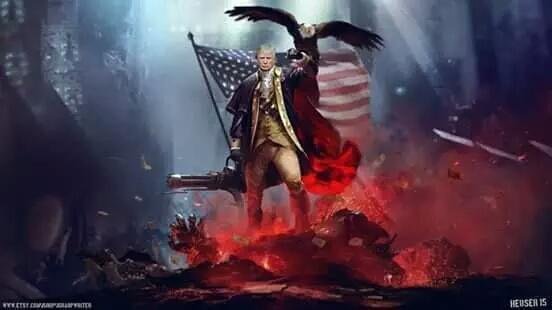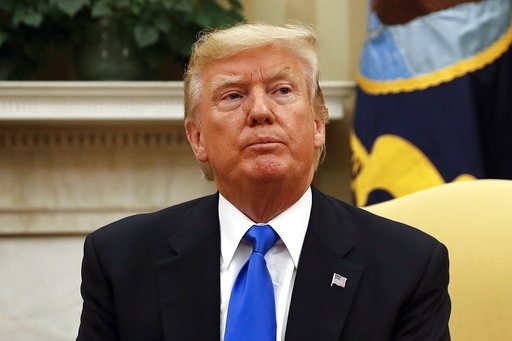 In this July 25, 2017, photo, President Donald Trump sits in the Oval Office of the White House in Washington
In this July 25, 2017, photo, President Donald Trump sits in the Oval Office of the White House in Washington
President Donald Trump on Friday issued fresh threats of swift and forceful retaliation against nuclear North Korea, declaring the U.S. military "locked and loaded" and warning that the communist country's leader "will regret it fast" if he takes any action against U.S. territories or allies.
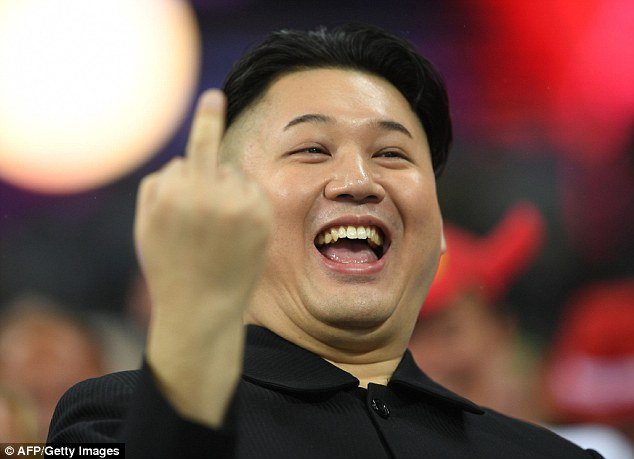
The warnings came in a cascade of unscripted statements throughout the day, each ratcheting up a rhetorical standoff between the two nuclear nations. The president appeared to draw another red line that would trigger a U.S. attack against North Korea and "big, big trouble" for its leader, Kim Jong Un. Trump's comments, however, did not appear to be backed by significant military mobilization on either side of the Pacific, and an important, quiet diplomatic channel remained open.
"If he utters one threat in the form of an overt threat — which by the way he has been uttering for years and his family has been uttering for years — or he does anything with respect to Guam or anyplace else that's an American territory or an American ally, he will truly regret it and he will regret it fast," Trump told reporters at his New Jersey golf resort.
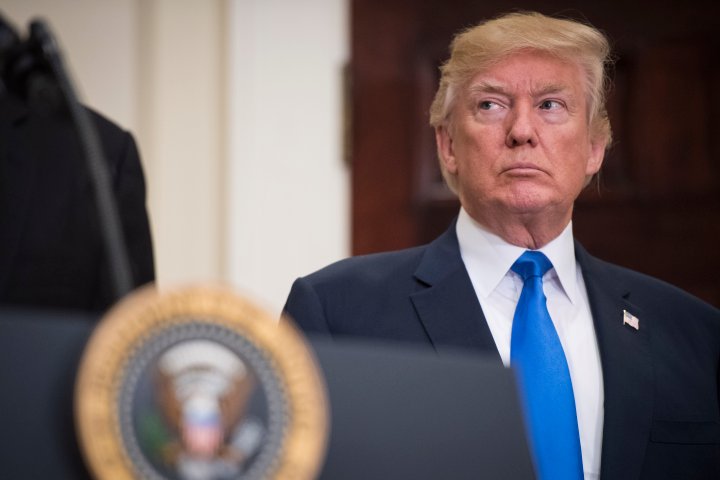
Asked if the U.S. was going to war, he said cryptically, "I think you know the answer to that."
The compounding threats came in a week in which longstanding tensions between the countries risked abruptly boiling over. New United Nations sanctions condemning the North's rapidly developing nuclear program drew fresh ire and threats from Pyongyang. Trump responded by vowing to rain down "fire and fury" if challenged. The North then threatened to lob missiles near Guam, a tiny U.S. territory some 2,000 miles from Pyongyang.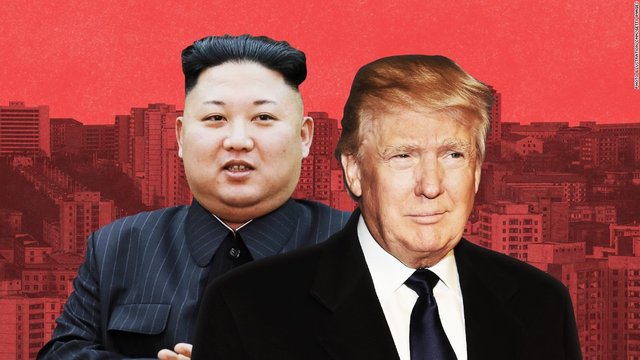
Tough talk aside, talks between senior U.S. and North Korean diplomats continue through a back channel previously used to negotiate the return of Americans held in North Korea. The talks have expanded to address the deterioration of the relationship. They haven't quelled tensions, but could be a foundation for a more diplomacy, according to U.S. officials and others briefed on the process. They weren't authorized to discuss the confidential exchanges and spoke on condition of anonymity.
Trump on Friday sought to project military strength, only dialing back slightly throughout the day.
He began with a morning tweet: "Military solutions are now fully in place, locked and loaded, should North Korea act unwisely. Hopefully Kim Jong Un will find another path!"
He later retweeted a posting from U.S. Pacific Command that showed B-1B Lancer bomber planes on Guam that "stand ready to fulfill USFK's #FightTonight mission if called upon to do so." Such declarations, however, don't indicate a new, more aggressive posture. "Fight tonight" has long been the motto of U.S. forces in South Korea to show they're always ready for combat on the Korean Peninsula.
Trump declined to explain the boast of military readiness when asked by reporters later in the day at an event highlighting workforce development programs. He also brushed away calls for caution from world leaders, including Germany's Angela Merkel.
"I don't see a military solution and I don't think it's called for," Merkel said Friday, declining to say whether Germany would stand with the U.S. in a military conflict with North Korea. She called on the U.N. Security Council to continue to address the crisis.
"I think escalating the rhetoric is the wrong answer," Merkel added.
"Let her speak for Germany," Trump said, when asked about the comment. "Perhaps she is referring to Germany. She's certainly not referring to the United States, that I can tell you."
By evening, after a briefing with top advisers and standing next to his secretary of state and U.N. ambassador, Trump suggested diplomacy could yet prevail.
"Hopefully it'll all work out," Trump said. "Nobody loves a peaceful solution better than President Trump."
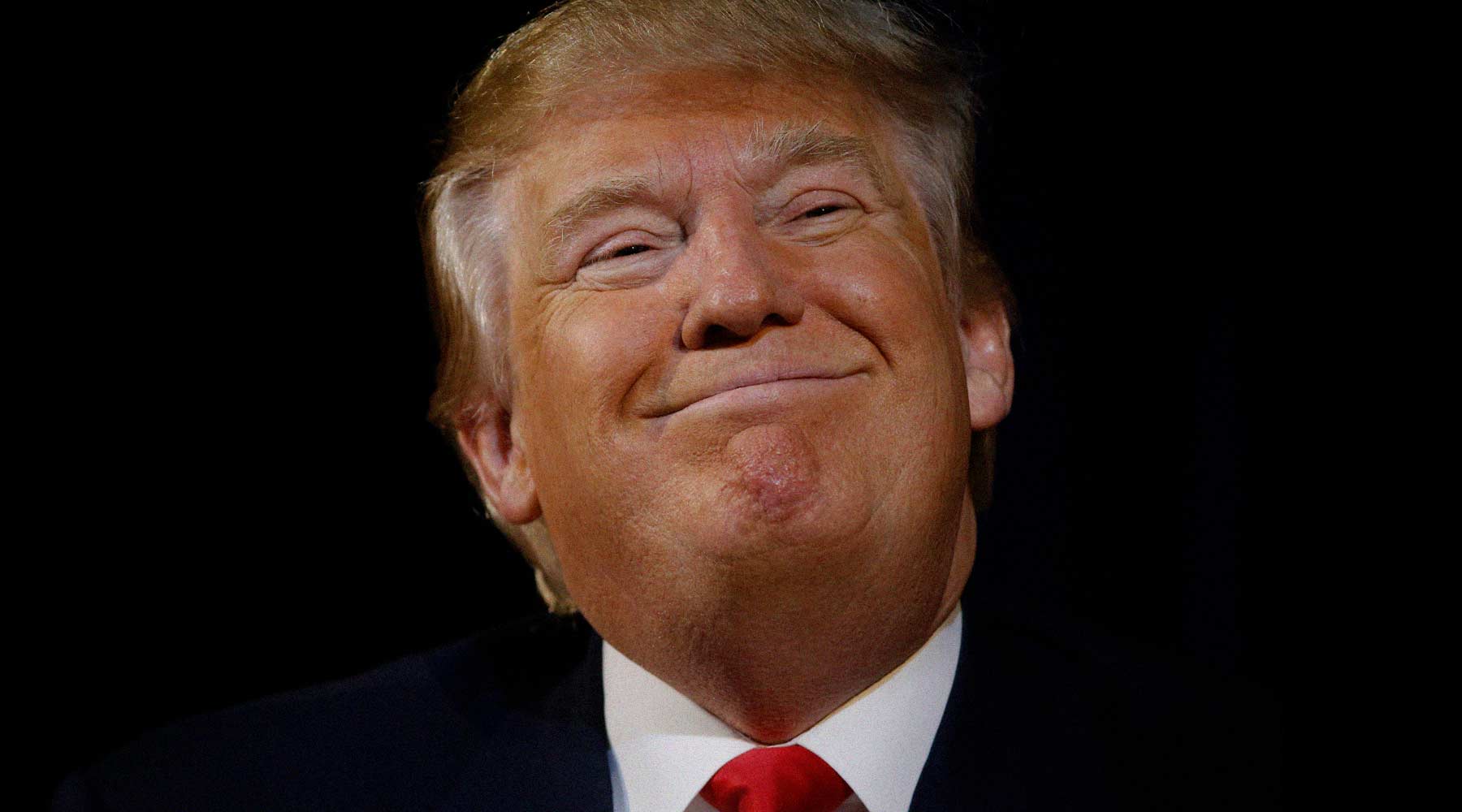
The president spoke later Friday with Guam Gov. Eddie Calvo, promising: "You are safe. We are with you a thousand percent."
He also had a call with President Xi Jinping of China, North Korea's main economic partner, who said all sides should avoid rhetoric or action that would worsen tensions on the Korean Peninsula, according to state broadcaster China Central Television.
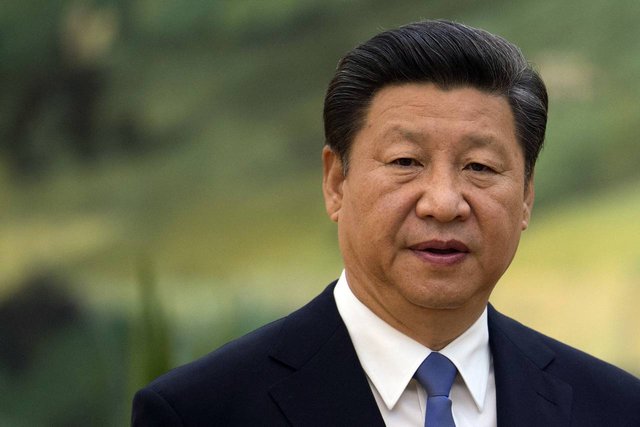
The White House said both leaders agreed that North Korea must stop its "provocative and escalatory behavior."
Trump has pushed China to do more to pressure North Korea to halt its nuclear weapons program.
Faced with perhaps his biggest international crisis as president, Trump has responded with an abundance of swagger and a lot of words. He's held a series of freewheeling press conferences with reporters, answering complex and delicate questions apparently off the cuff.
On Friday, he veered from North Korea to comments on politics. He even suggested he would consider military action against Venezuela, puzzling his military planners.
Trump announced he planned to hold another press conference in Washington Monday.
Behind the threats, U.S. officials insist there has been no new significant movement of troops, ships, aircraft or other assets to the region other than for long scheduled military exercises with South Korea.
American and South Korean officials said the exercises would happen as planned this month.
North Korea claims they're a rehearsal for war.
As it is, the U.S. has a robust military presence in the region, including six B-1 bombers in Guam and Air Force fighter jet units in South Korea, plus other assets across the Pacific Ocean and in the skies above. Military options range from nothing to a full-on conventional assault by air, sea and ground forces. Any order by the president could be executed quickly.
The U.S.-South Korea exercises are an annual event, but they come as Pyongyang says it's readying a plan to fire off four medium-range missiles toward Guam, a U.S. territory and major military hub. The plan would be sent to Kim for approval just before or as the U.S.-South Korea drills begin.
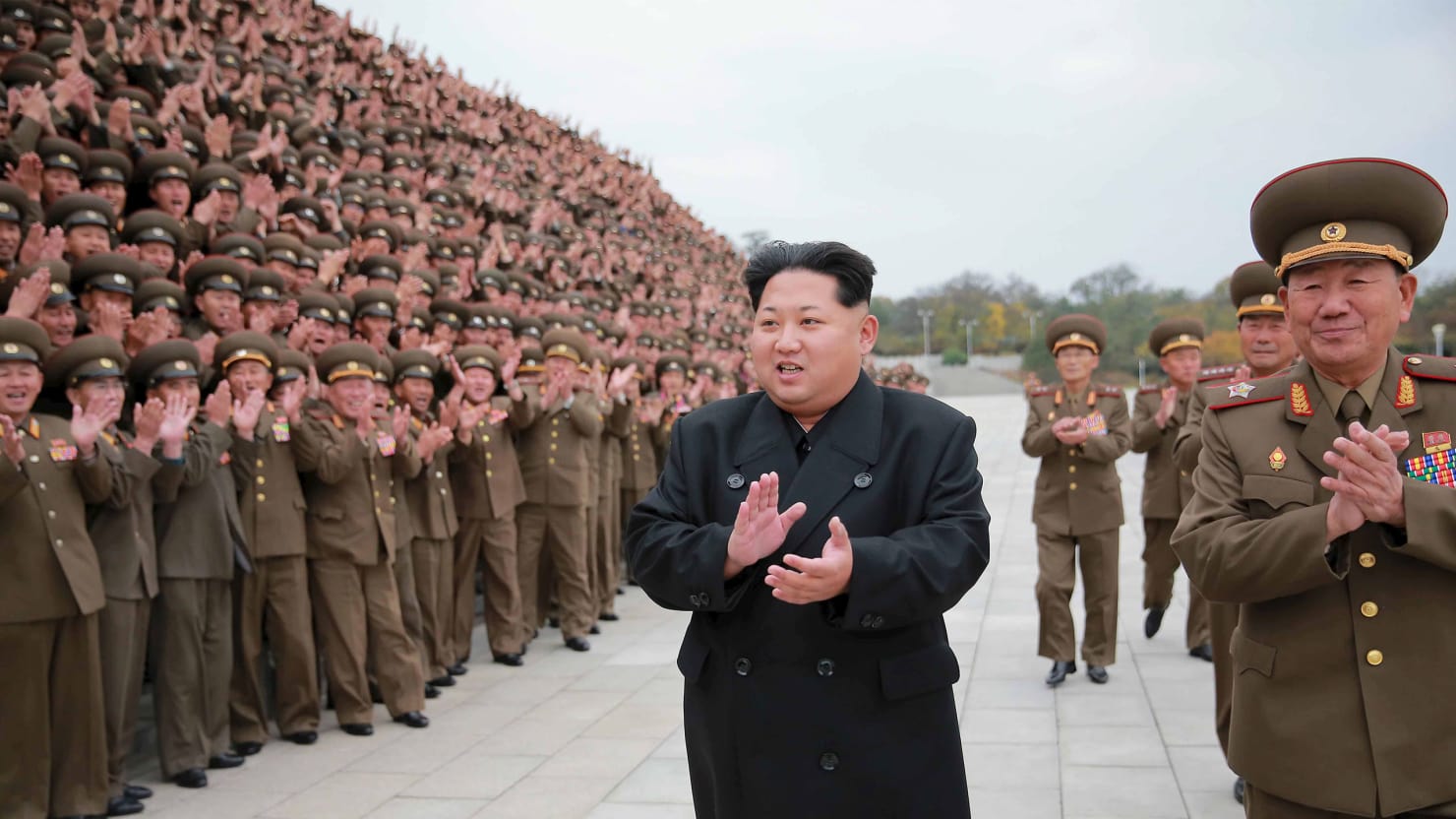
Called Ulchi-Freedom Guardian, the exercises are expected to run Aug. 21-31 and involve tens of thousands of American and South Korean troops on the ground and in the sea and air. Washington and Seoul say the exercises are defensive in nature and crucial to deterring North Korean aggression.